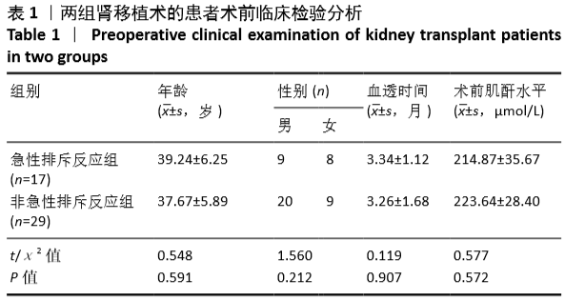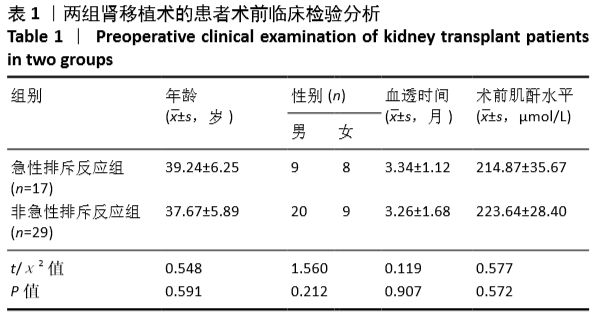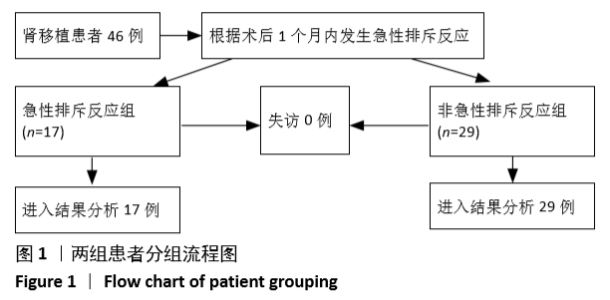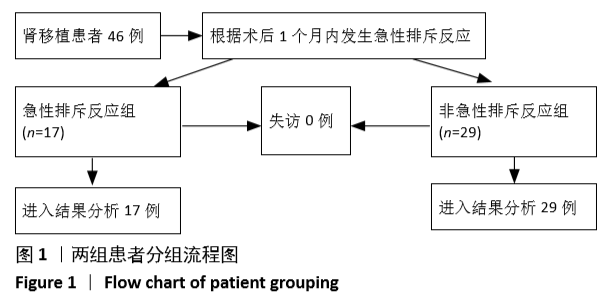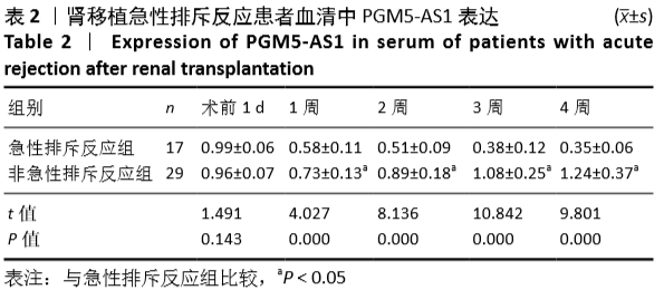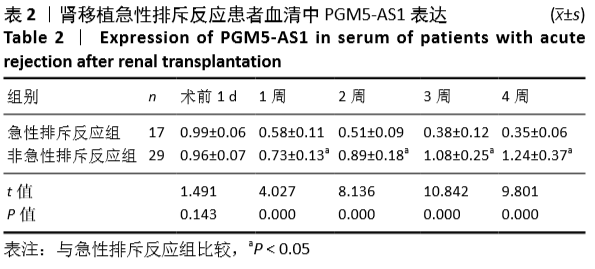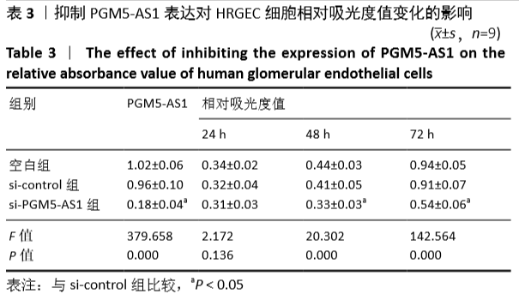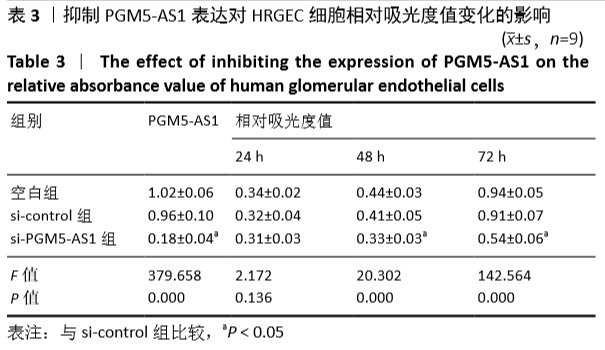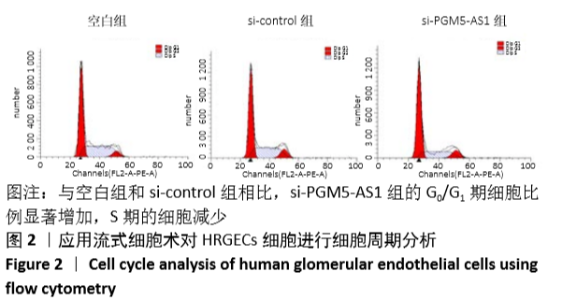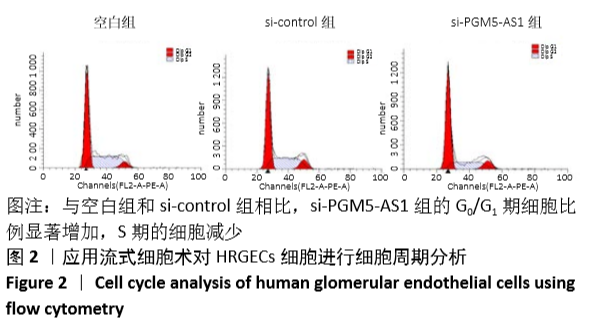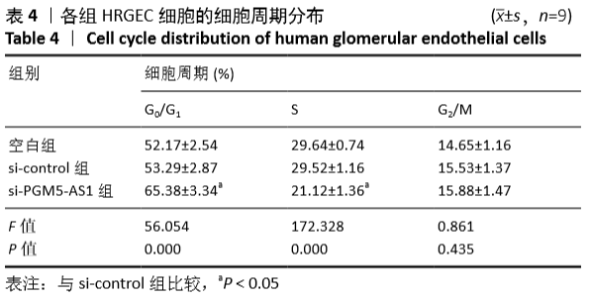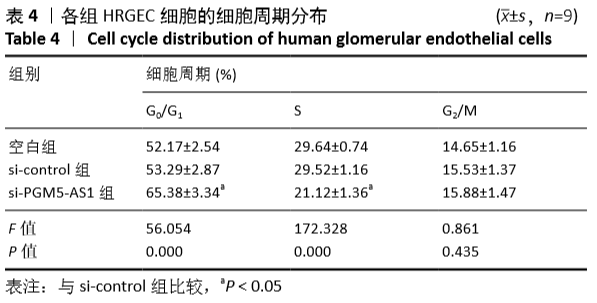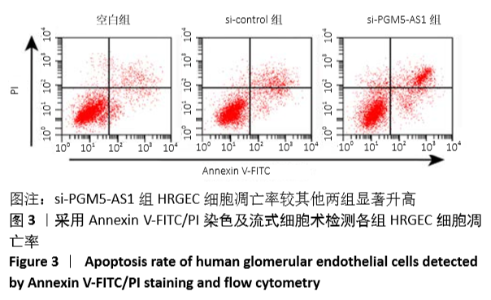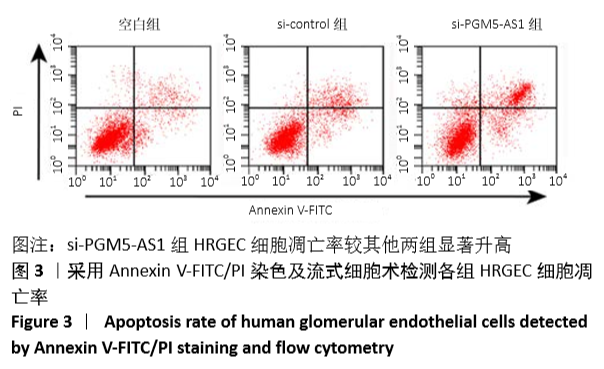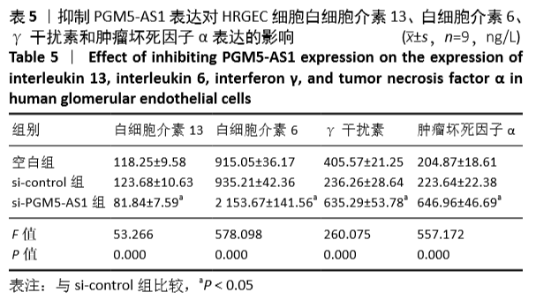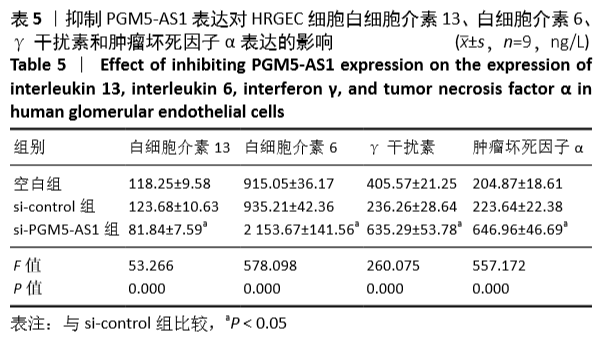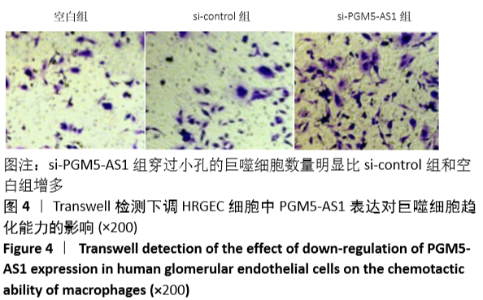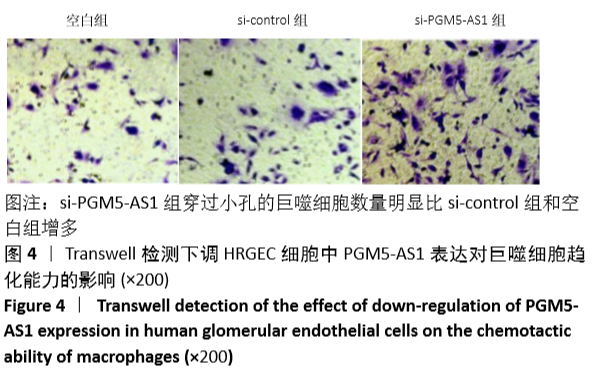| [1] |
Yuan Mei, Zhang Xinxin, Guo Yisha, Bi Xia.
Diagnostic potential of circulating microRNA in vascular cognitive impairment
[J]. Chinese Journal of Tissue Engineering Research, 2021, 25(8): 1299-1304.
|
| [2] |
Zeng Zhen, Hu Jingwei, Li Xuan, Tang Linmei, Huang Zhiqiang, Li Mingxing.
Quantitative analysis of renal blood flow perfusion using contrast-enhanced ultrasound in rats with hemorrhagic shock during resuscitation
[J]. Chinese Journal of Tissue Engineering Research, 2021, 25(8): 1201-1206.
|
| [3] |
Geng Qiudong, Ge Haiya, Wang Heming, Li Nan.
Role and mechanism of Guilu Erxianjiao in treatment of osteoarthritis based on network pharmacology
[J]. Chinese Journal of Tissue Engineering Research, 2021, 25(8): 1229-1236.
|
| [4] |
Liu Cong, Liu Su.
Molecular mechanism of miR-17-5p regulation of hypoxia inducible factor-1α mediated adipocyte differentiation and angiogenesis
[J]. Chinese Journal of Tissue Engineering Research, 2021, 25(7): 1069-1074.
|
| [5] |
Liao Chengcheng, An Jiaxing, Tan Zhangxue, Wang Qian, Liu Jianguo.
Therapeutic target and application prospects of oral squamous cell carcinoma stem cells
[J]. Chinese Journal of Tissue Engineering Research, 2021, 25(7): 1096-1103.
|
| [6] |
Hou Jingying, Yu Menglei, Guo Tianzhu, Long Huibao, Wu Hao.
Hypoxia preconditioning promotes bone marrow mesenchymal stem cells survival and vascularization through the activation of HIF-1α/MALAT1/VEGFA pathway
[J]. Chinese Journal of Tissue Engineering Research, 2021, 25(7): 985-990.
|
| [7] |
Zheng Xiaolong, He Xiaoming, Gong Shuidi, Pang Fengxiang, Yang Fan, He Wei, Liu Shaojun, Wei Qiushi.
Bone turnover characteristics in patients with alcohol-induced osteonecrosis of the femoral head
[J]. Chinese Journal of Tissue Engineering Research, 2021, 25(5): 657-661.
|
| [8] |
Song Shan, Hu Fangyuan, Qiao Jun, Wang Jia, Zhang Shengxiao, Li Xiaofeng.
An insight into biomarkers of osteoarthritis synovium based on bioinformatics
[J]. Chinese Journal of Tissue Engineering Research, 2021, 25(5): 785-790.
|
| [9] |
Liu Yang, Gong Yi, Fan Wei.
Anti-hepatoma activity of targeted Pluronic F127/formononetin nanocomposite system in vitro
[J]. Chinese Journal of Tissue Engineering Research, 2021, 25(4): 526-531.
|
| [10] |
Liu Jinfu, Zeng Ping, Nong Jiao, Fan Siqi, Feng Chengqin, Huang Jiaxing.
Integrative analysis of biomarkers and therapeutic targets in synovium of patients with osteoarthritis by multiple microarrays
[J]. Chinese Journal of Tissue Engineering Research, 2021, 25(23): 3690-3696.
|
| [11] |
Lin Haiqi, Chen Liang, Tang Lu, Weng Xiquan, Lin Wentao.
Significance of urinary proteomics assessing pathological changes in the body
[J]. Chinese Journal of Tissue Engineering Research, 2021, 25(20): 3259-3266.
|
| [12] |
Liu Kun, Xie Lin, Cao Jun, Ding Ning, Xu Lingbo, Ma Shengchao, Li Guizhong , Jiang Yideng, Lu Guanjun.
Increased FoxO1 DNA methylation level in homocysteine-induced podocyte apoptosis
[J]. Chinese Journal of Tissue Engineering Research, 2021, 25(2): 269-273.
|
| [13] |
Liu Zhendong, Wang Rui, Li Xiaolei, Wang Jingcheng.
Review of interferon alpha-2b inhibiting scar formation
[J]. Chinese Journal of Tissue Engineering Research, 2021, 25(2): 317-321.
|
| [14] |
Chen Jie, Liao Chengcheng, Chen Zhiwei, Wang Yan.
Bladder cancer stem cell markers and related signaling pathways: antibody targeted therapy
[J]. Chinese Journal of Tissue Engineering Research, 2021, 25(19): 3090-3096.
|
| [15] |
Zhou Yi, Chen Yueping, Zhang Xiaoyun, Lai Yu, Liao Jianzhao, Li Shibin.
An exploration on mechanism of Shengyu Decoction in treating osteonecrosis of the femoral head based on network pharmacology
[J]. Chinese Journal of Tissue Engineering Research, 2021, 25(17): 2687-2696.
|
